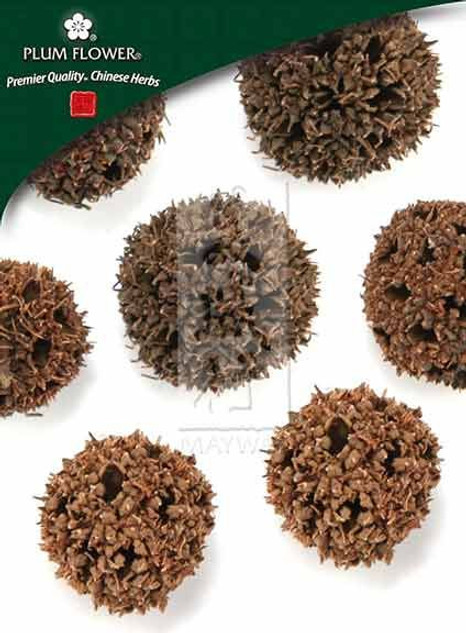What is Ru Xiang?
Ru Xiang (乳香), commonly known as Frankincense, is a resin obtained from the Boswellia tree. It has been a significant component of Traditional Chinese Medicine (TCM) and other herbal medicinal systems for centuries. Frankincense is well-known for its ability to reduce inflammation, alleviate pain, and promote healing. It is often used in TCM to treat a variety of conditions, particularly those involving pain, swelling, and circulatory issues.
Why Does Ru Xiang Work?
The medicinal power of Ru Xiang lies in its boswellic acids, which are potent anti-inflammatory compounds. These acids inhibit enzymes such as 5-lipoxygenase, which are responsible for the production of inflammatory molecules in the body. By blocking these pathways, Ru Xiang can reduce inflammation and pain. Additionally, it promotes blood circulation and helps relieve Qi stagnation in TCM, which is believed to be the root cause of pain and swelling.
Ru Xiang also possesses antimicrobial properties and is often used to promote healing of wounds, reduce swelling from injuries, and ease joint and muscle pain. Its ability to stimulate blood circulation and ease discomfort makes it particularly effective for conditions involving stiffness, swelling, and pain.
How to Use Ru Xiang
Ru Xiang can be used in various forms, including:
- Powder: It can be ground into a fine powder and taken orally in small doses.
- Tinctures: It is available as a tincture, often combined with other herbs to enhance its effects.
- Topical application: Ru Xiang is commonly used as an ingredient in balms or creams that are applied directly to areas of pain or swelling.
- Decoction: In TCM, Ru Xiang is often boiled with other herbs to create a medicinal tea or decoction.
The dosage and form depend on the specific condition being treated, and it’s best to follow the guidance of a qualified TCM practitioner to ensure proper usage.
Who Would Use Ru Xiang?
Ru Xiang is typically used by individuals who are suffering from conditions like:
- Chronic pain and inflammation: Those dealing with arthritis, rheumatism, or joint pain would benefit from Ru Xiang due to its anti-inflammatory properties.
- Injury recovery: People recovering from sprains, muscle strains, or trauma can use Ru Xiang to reduce swelling, promote healing, and ease pain.
- Digestive and circulatory issues: In TCM, Ru Xiang is also used to improve circulation, which can aid in digestive issues linked to stagnant blood flow or Qi blockage.
- Wound healing: Those with non-healing wounds or infections might use Ru Xiang for its antimicrobial and wound-healing properties.
Individuals looking for a natural alternative to pain relief without the side effects of pharmaceutical drugs may also turn to Ru Xiang as a solution, particularly in conjunction with other holistic therapies like acupuncture or lifestyle changes in TCM.
However, it is important to consult a healthcare provider or TCM practitioner before using Ru Xiang, especially if combining it with other medications or herbal treatments.
Frankincense Wildcrafted
Common Name: Frankincense, Boswellia
Botanical Name: Olibanum Gummi (Boswelia Carterii)
Pin Yin Name: Ru Xiang
Origin: India
Probably best known because of the Nativity story, Frankincense - derived from the resin of a tree called Boswellia serrata and other species of the same - has an interesting history. In Hebrew, its name is levonah, meaning "white;" in Arabic, a closely-related language, it is 'al-luban, a term referring to milk; the name of the modern country of Lebanon is derived from both. However, it came to be known as "frankincense" when crusaders - many of whom were French or "Frankish" - introduced it to Europe during the Middle Ages.
Dried Frankincense is used in numerous ways, including the manufacture of perfume and aromatherapy; ancient Egyptians used burnt powdered frankincense as eyeliner. The burning of the dried c/s boswellia serrata resin has also played a part in the religious rites of all three Abrahamic traditions.
- Aids in Sleeps
- Assists in the Digestive System
- Promotes Regulation of Hormones
California Prop 65
References
https://www.ncbi.nlm.nih.gov/pmc/articles/PMC4086286/
https://www.americandragon.com/Individualherbsupdate/RuXiang.html
http://www.cbn.com/cbnnews/healthscience/2008/december/frankincense-more-than-an-ancient-herb-/?mobile=false
https://pesquisa.bvsalud.org/portal/resource/pt/wpr-847195
























